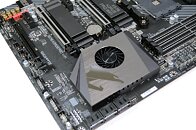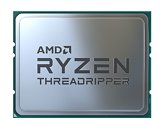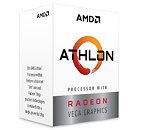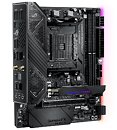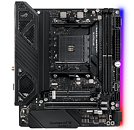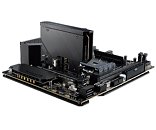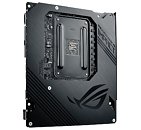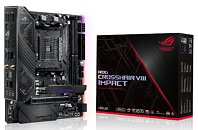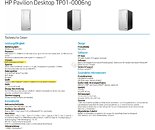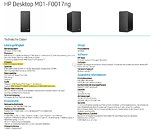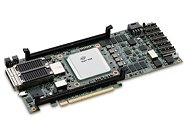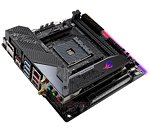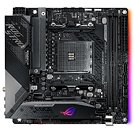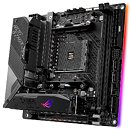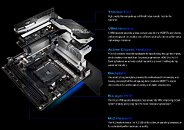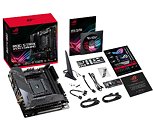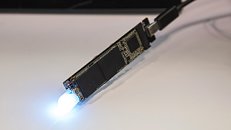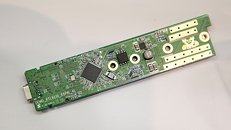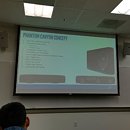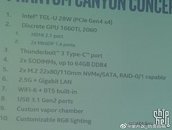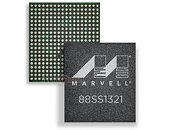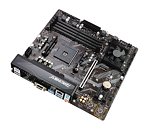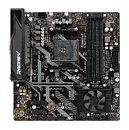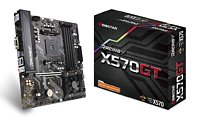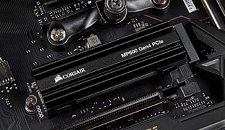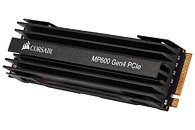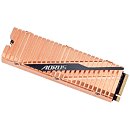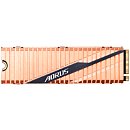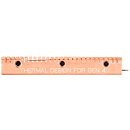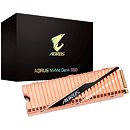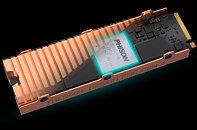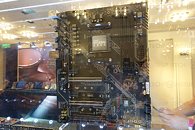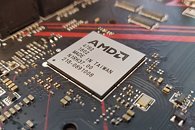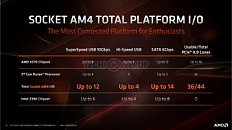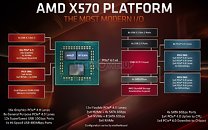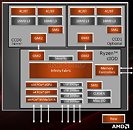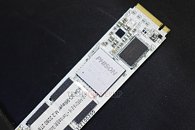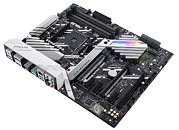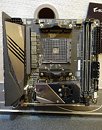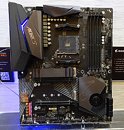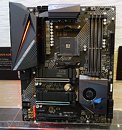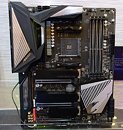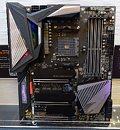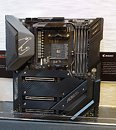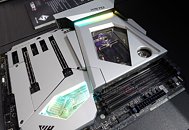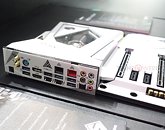
AMD X570-successor to be Third-Party Sourced
AMD X570 chipset is the industry's first PC platform core-logic to support PCI-Express gen 4.0, but has proven to be expensive and hot. Its 600-series chipset successor will be third-party sourced much like its 400-series predecessor, according to a MyDrivers report citing sources in the motherboard industry. AMD is reportedly sourcing its 500-series mid-range chipset, the B550, from ASMedia. The B550 uses PCI-Express 3.0 x4 as its chipset bus, and puts out eight PCIe gen 3.0 downstream general purpose lanes, however, B550 motherboards could still feature PCI-Express 4.0 x16 slots from the socket AM4 SoC (provided a 3rd gen Ryzen processor is installed), and at least one of the M.2 NVMe slots on B550 motherboards could have PCI-Express 4.0 x4, since they're wired to the SoC instead of the chipset.
The MyDrivers report predicts that the successor to X570, the supposed "X670," could be sourced from a third-party firm, much like the B550, and implement PCI-Express gen 4.0, not just as chipset-bus, but also putting out PCI-Express gen 4.0 general purpose lanes. A possible design goal of the X670 could be to implement PCIe gen 4.0 switching fabric without running too hot, resulting in a cooler chipset than can make do with fanless cooling solutions, much like the X470. AMD will continue to make "chipsets" in the form of I/O controller dies for use in its MCM processors, although the relatively low-margin motherboard chipset business could be axed.
The MyDrivers report predicts that the successor to X570, the supposed "X670," could be sourced from a third-party firm, much like the B550, and implement PCI-Express gen 4.0, not just as chipset-bus, but also putting out PCI-Express gen 4.0 general purpose lanes. A possible design goal of the X670 could be to implement PCIe gen 4.0 switching fabric without running too hot, resulting in a cooler chipset than can make do with fanless cooling solutions, much like the X470. AMD will continue to make "chipsets" in the form of I/O controller dies for use in its MCM processors, although the relatively low-margin motherboard chipset business could be axed.
